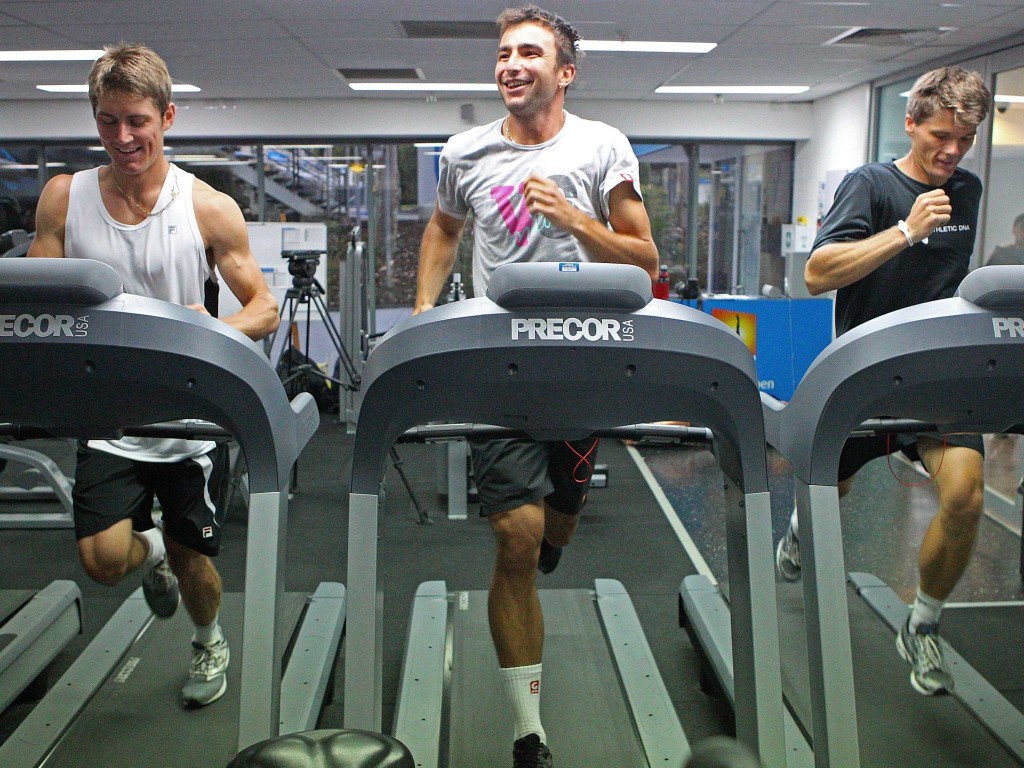Treadmill running is a lot more than simply cranking up the speed to a comfortable, steady pace and running until you get bored. If you wish to shake up your treadmill workout, you can do interval sessions – that is, combining high-intensity bouts with low-intensity recovery periods.
Interval training is useful for runners because it burns fat and improves your metabolism at the same time. But what type of interval training should you do?

Treadmill running is a lot more than simply pressing a button and running at a constant speed.
(Photo by www.pepu.sg)
Two types of interval training sessions
There are two types of interval training sessions – hill intervals versus speed intervals. Both have their benefits and disadvantages depending on your various needs.
Hill intervals
The main benefit of running hills is that it builds muscle in your core areas and legs and helps to reduce body fat at the same time. Running hills work various parts of the lower body, such as the glutes and hamstrings to the trunk extensors and so this will make you a stronger runner in the long term.
To begin your hill intervals, do not crank up the speed too much. Start at a comfortable pace where you can easily have a conversation with someone.
Then crank up the incline to between five and seven per cent and try to maintain the same pace. It will get harder as the incline increases. But as you do so, try not to grab the handrails of the treadmill though, as this is somewhat like cheating.
After about one to two minutes of running at an incline, bring the incline back down to allow yourself to recover for the next one to two minutes. Repeat this as many times as your body can cope with – until you feel exhausted.
But do note that hill running can put stress on your knee, so if you are feeling knee pains, try to dial the incline down. If your muscles are not strong enough to cope with the hill incline, you may be at a high risk of developing runner’s knee – a common problem amongst runners.

Should you be doing hill or speed intervals?
(Photo by www.businessinsider.com)
Speed Intervals
Speed intervals will help to improve your race timings, as you are training to run at a fast pace and so your body will be able to cope better with running faster after a while. So practising with speed intervals may be the key to finally breaking your elusive personal best timing that may have eluded you for many years. You may finally achieve your goal too, such as qualifying for the Boston Marathon.
To begin with, try and run fast intervals at what will feel like your maximum capacity, for very short bursts of time, such as 20 seconds. Or else you could increase your normal pace slightly by about 1.5 to 2 mins/km – and try to sustain this pace for about two minutes, before taking the next couple of minutes to recover.
Conclusion
Whatever you choose to do though, be it hills or speed intervals, make sure that you start slowly and do not ramp it up too fast, before your body can cope with the changes in your training programme. At the same time, remember that improvements in running are gradual and you will take time to improve. So do not expect to see changes after say, two weeks of constant hills and speed intervals.

Leave a Comment